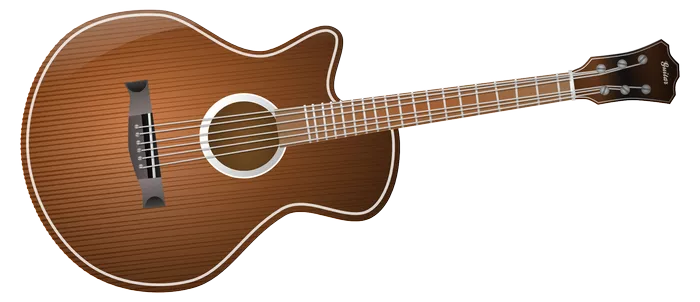The twang of a banjo, the rhythmic thump of an upright bass, and the soulful wail of a fiddle—all are quintessential elements of bluegrass music. At the heart of this lively genre lies the bluegrass guitar, an instrument that plays a crucial role in shaping the characteristic sound of this American musical tradition. In this article, we’ll delve into the world of bluegrass guitar playing, exploring techniques, styles, and essential tips to help you master this distinctive genre.
Understanding the Basics
Before embarking on your bluegrass guitar journey, it’s crucial to grasp the foundational elements of the genre. Bluegrass music is characterized by its fast-paced tempo, intricate melodies, and emphasis on improvisation. Familiarize yourself with classic bluegrass tunes and pay attention to the unique picking patterns and chord progressions.
Right Hand Technique
One of the defining features of bluegrass guitar playing is the intricate picking technique employed by skilled musicians. To achieve the crisp, clear sound that is synonymous with bluegrass, focus on developing your flatpicking skills. Utilize a flat pick and practice alternate picking, where you strike the strings both on the upstroke and downstroke. This technique contributes to the characteristic speed and precision of bluegrass guitar playing.
Mastering Bluegrass Chords
While bluegrass guitarists often use traditional chords, such as G, C, D, and A, it’s the variations and embellishments that give the music its distinctive flavor. Experiment with adding hammer-ons, pull-offs, and slides to your chord transitions. These embellishments not only enhance the overall sound but also showcase the dynamic and expressive nature of bluegrass music.
Developing Left Hand Dexterity
In bluegrass guitar playing, agility and dexterity in the left hand are paramount. Practice scales and exercises to strengthen your fingers and improve fretting accuracy. The ability to navigate the fretboard effortlessly is crucial when playing the rapid melodic runs and intricate solos that characterize bluegrass music.
Rhythm and Timing
Bluegrass is known for its tight, driving rhythm. To capture the essence of this genre, focus on maintaining a steady tempo and precise timing. Practice playing along with a metronome to develop a strong sense of timing, ensuring that your playing aligns seamlessly with other instruments in a bluegrass ensemble.
Ear Training for Improvisation
Bluegrass is a genre that thrives on improvisation. Train your ear by listening to a variety of bluegrass recordings and pay attention to the nuances of the solos. Start incorporating improvisation into your playing by experimenting with simple melodies and gradually building up to more complex solos. Developing this skill will not only enhance your musicality but also enable you to participate confidently in bluegrass jam sessions.
Choosing the Right Guitar and Gear
Selecting the appropriate guitar and gear is essential for achieving an authentic bluegrass sound. Opt for a steel-string acoustic guitar, preferably one with a bright and punchy tone. Consider lighter gauge strings for ease of bending and faster picking. Experiment with different picks to find the one that suits your playing style and produces the desired tone.
Jamming with Others
Bluegrass is a communal music tradition, often played in groups or jam sessions. Joining a bluegrass jam is an excellent way to refine your skills, learn from experienced musicians, and immerse yourself in the authentic bluegrass experience. Pay attention to dynamics, communication, and the subtle cues that musicians use to navigate through a tune collaboratively.
See Also: Playing the B5 Chord on Guitar: A Beginner’s Guide
Conclusion
In conclusion, mastering the art of bluegrass guitar requires a combination of technical proficiency, creativity, and a deep appreciation for the genre’s rich musical heritage. By focusing on right and left-hand techniques, mastering bluegrass chords, refining rhythm and timing, developing improvisational skills, and choosing the right gear, you can embark on a rewarding journey to becoming a skilled bluegrass guitarist. So, pick up your guitar, immerse yourself in the sounds of bluegrass, and let the twang of the strings carry you into the heart of this vibrant musical tradition.


